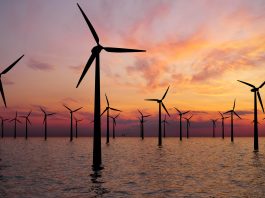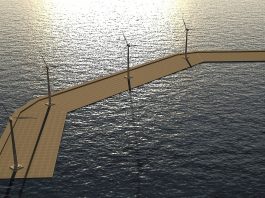The European Commission has presented the EU Strategy on Offshore Renewable Energy, which aims to increase Europe’s offshore wind capacity to 60 GW by 2030 and to 300 GW by 2050.
Europe’s current offshore wind capacity is 12 GW. This ambitious growth will be based on the vast potential across all of Europe’s sea basins and on the global leadership position of EU companies in the sector. It will create new opportunities for industry, generate green jobs across the continent, and strengthen the EU’s global leadership in offshore energy technologies. It will also ensure the protection of our environment, biodiversity, and fisheries.
Executive Vice-President for the European Green Deal, Frans Timmermans said: “Today’s strategy shows the urgency and opportunity of ramping up our investment in offshore renewables. With our vast sea basins and industrial leadership, the European Union has all that it needs to rise up to the challenge. Already, offshore renewable energy is a true European success story. We aim to turn it into an even greater opportunity for clean energy, high quality jobs, sustainable growth, and international competitiveness.”
The 25-fold increase in Europe’s offshore wind capacity requires major investment in ports, which need updates worth €6.5bn in order to meet the goal of this strategy. The equipment for offshore wind farms need extensive space, heavy loading quays and deep berths when passing through ports. Ports are the hubs for operation and maintenance of offshore wind farms, and they’ll become the assembly base for floating offshore wind.
Giles Dickson, CEO of WindEurope, an international collaboration of over 400 members of the wind industry, said: “It is important to invest in new technologies and innovation. Now is the time to invest in large-scale demonstration projects to reduce costs. But continued R&I investments in bottom-fixed technology will also pay off.
“It (the EU Strategy on Offshore Renewable Energy) confirms the vision for offshore wind to be Europe’s number one source of electricity. It’s also spot on in recognising the necessary investments to deliver that – in grids, ports and the supply chain. And it identifies all the right policies that will drive those investments: industrial policy; state aid rules; and the mechanisms to ensure predictable revenues for offshore wind farm developers.”





